I remember my wife who happens to be an ex-TV journalist getting frantic calls on an unusually warm morning in August of 2015. The calls were made from various news studios in Delhi and Mumbai by her various journalist friends and seniors.
While someone wanted to know if there was a good place (guest houses and hotels) for accommodation in Guwahati, another person wanted to know if the city is safe for women (single travelling female journalist).
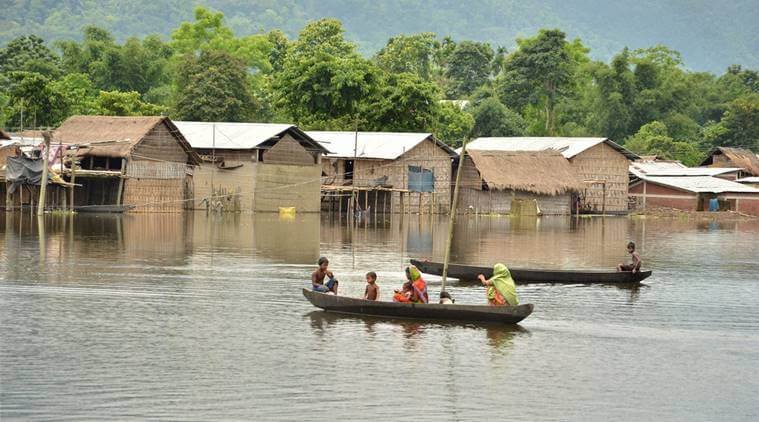
Many of them also wanted to know if she could find them a good, decent camera person while others wanted stringers for a week or so who could speak good Hindi and English. This sudden interest in Assam and the hullabaloo was because of the Sheena Bora murder case. Who or What is that? I’m sure I don’t need to tell you.
But I would need to write that currently Assam is inundated by the worst flood in Kaziranga National Park since 1988. Almost 85% of the park is under water including all the forest camps. Three hundred and ten animals have died, including 22 one-horned rhinos and 221 hog deer. As the waters are receding, the number of animals which have died are only rising every hour.
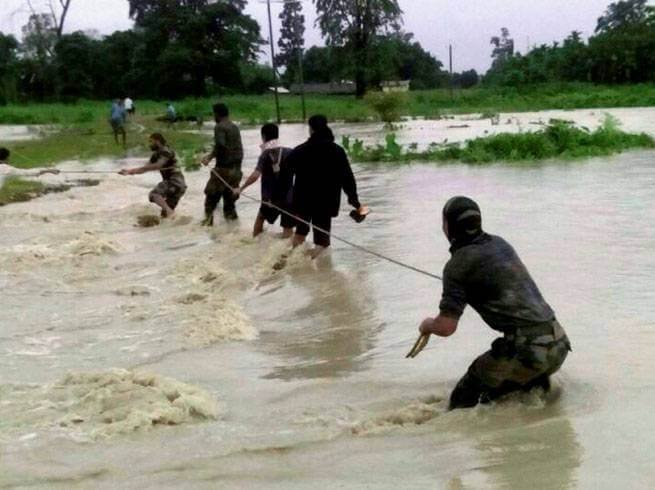
Ironically, if the so-called “national media” based out of studios and offices in Delhi and Mumbai would have given even 1% of the importance and focus it gave to a murder case distantly related to Assam to other issues from Assam or the Northeast then things would have been much different. At least, no journalist sitting in Delhi or Mumbai would need to have asked whether Guwahati as a city is safe for women.
Assam is reeling under the worst floods since 2004 (34 human lives lost, 11 lakh people are suffering across 1,659 villages in 21 districts as of now as per Assam Disaster Management Authority’s report).
Yet, except for a nominal mention, the floods have not managed to grab the headlines of the national media. It’s almost been treated like an annual phenomenon that requires no repetitive “national media” coverage, thereby leading to lack of awareness of what is happening at ground zero. Every time this happens, the first thing that comes to mind – especially as someone from Assam – is that the flood problem of Assam should be declared a “national issue”.
Union home minister Rajnath Singh recently dismissed any chances of declaring the Assam floods as a “national calamity”. Going beyond semantics, one has to understand the background for this demand for the floods to be given the status of a “national calamity”.
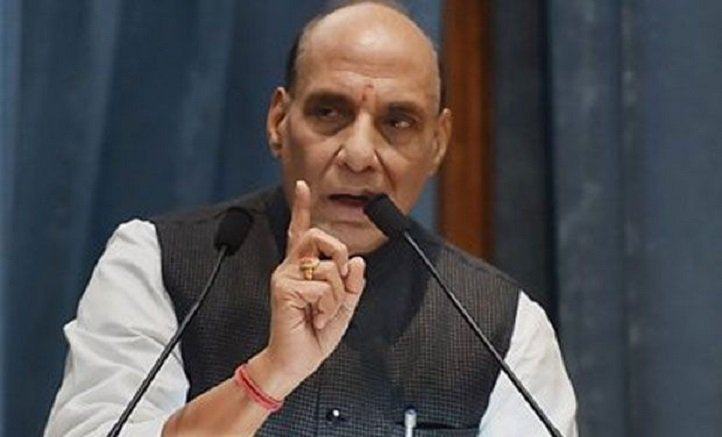
In most cases, it’s the desperate hope of the people that if declared a national issue, the floods in Assam will receive more media coverage and attract the helping hands of various NGOs and other organizations apart from the much needed central assistance.
The attitude of the Central government and the mainstream narrative towards Assam and the Northeast finds equal reflection in the media blackout in the case of floods in this region. When people from the state protest about lack of coverage in times of floods, they also protest about lack of coverage for any other matter as well from the region.
At present, none of the national news channels such as NDTV, Times Now, Aaj Tak, India Today and others have bureaus in Guwahati, forget about any other region in the Northeast. At present, 6 regional (Assamese) satellite news channels are operating out of Guwahati which ruins the theory that there is no scope to operate a bureau from the region.
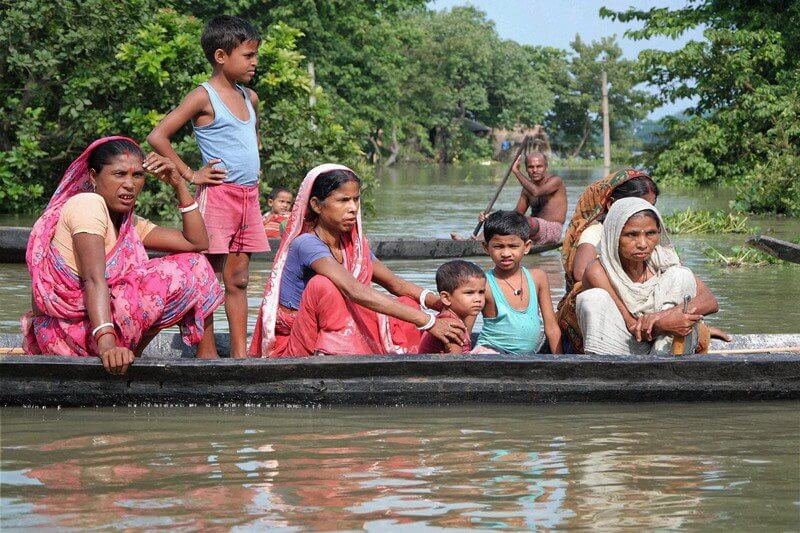
Even national newspapers such The Telegraph and The Times Of India have a very weak presence in the region, and the Guwahati editions of the newspapers are a sad and shoddier version of their other better versions across the country.
Again the fact that end of the day it’s money and power that determines news fit to print or telecast plays a very important role in the entire scheme of things. Northeast India has hundreds of ethnic communities each with their own customs and self-sustaining practices and ways of living.
Many of them have nothing to do with the numerous commodities produced by the major advertisers, who buy media space. Automatically, people from this region reduce in significance when it comes to media covering to catering to them. The commodification of the media is one of the major reasons why Assam Floods is not newsworthy for the national media.
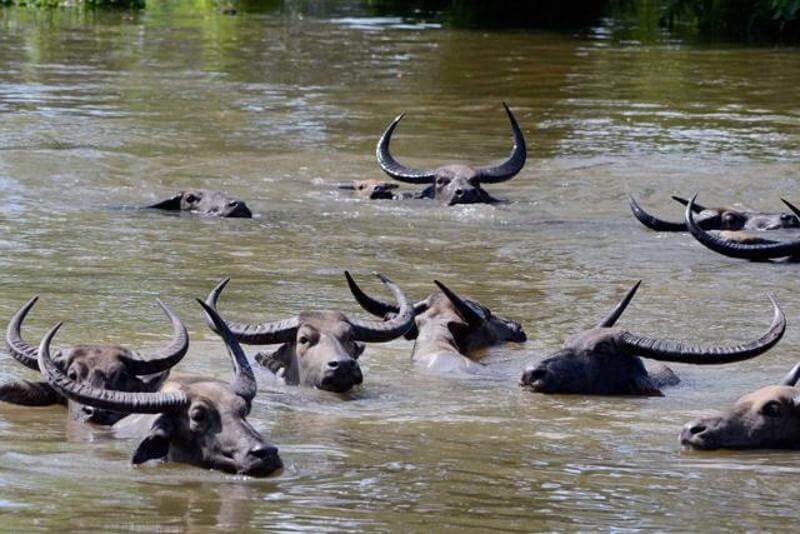
The growth of online media has brought about some change in flood reporting. Yet, the tendency is to play with the official figures released daily by the ASDMA and write jargon-filled cliché analysis from an AC room located in the Metros, about how Assam is flood-prone and how the great earthquake of 1950 changed the course of Brahmaputra thus leading to the present situation and what not.
Do the national media know that Majuli, the largest inhabited riverine island in the world has failed to make it to the UNESCO’s World Heritage Site in spite of having so much potential?
Do they know that in a region primarily dependent on agriculture to earn their livelihoods, there will be no cultivation this time as silt from the Brahmaputra has covered entire fields rendering them useless for another two to three years? Do they know that an entire generation is getting affected by the floods, with long-term after-effects even after the last drop of water recedes?
Is it really too much to expect the media to park their crews and reporters to Assam with the same speed and dedication as they did during the Sheena Bora murder coverage? The answer is quite obvious, since the floods have no relevance to the elite in South Mumbai and Delhi.

















